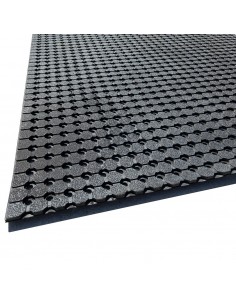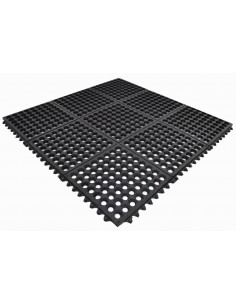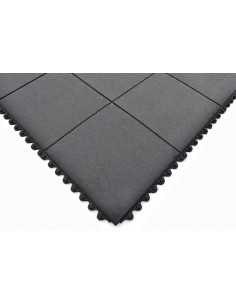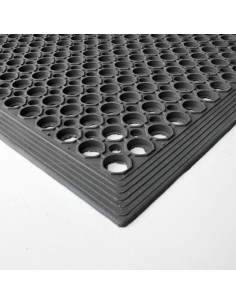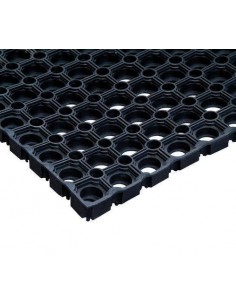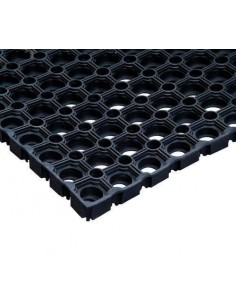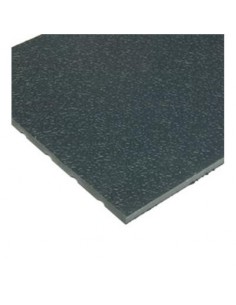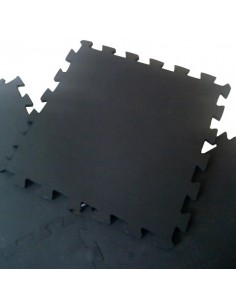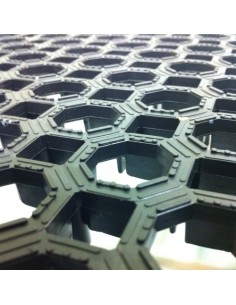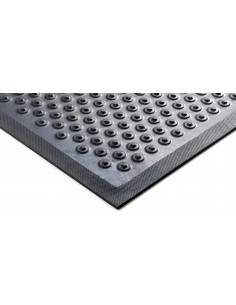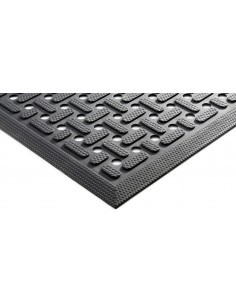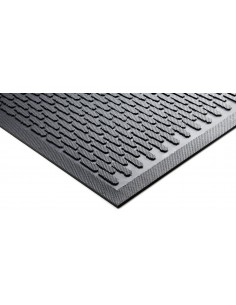Rubber Matting
Interlocking Rubber Ring Mat, 14mm thick
Interlocking Rubber Mat, 16mm thick
Bevelled Rubber Ring Mat, 12mm thick
Rubber Grass Mat, 16mm thick
Rubber Grass Mat, 23mm thick
Heavy Duty Rubber Mat, 17mm thick
Interlocking Rubber Floor Tile, 17mm thick
GrassLok Interlocking Mat, 23mm thick
Cushion Coil Anti-Fatigue Rubber Mat, 7.5mm thick
Self-Draining Nitrile Rubber Mat, 8mm thick
Nitrile Rubber Scraper Mat, 7mm thick
Rubber Floor Matting
Rubber matting is a highly versatile flooring solution often chosen for its durability, comfort, impact absorption and insulation from both temperature and sound. We supply rubber matting for industrial work areas, leisure centres and fitness areas, public buildings, offices and homes. Common applications of rubber matting and flooring are to create a non-slip and impact absorbing surface which also relieves muscular fatigue and improves circulation. Standing for long periods of time on hard floor surfaces causes muscular fatigue and constriction, which greatly reduces blood flow. If a person stands on a rubber mat, their muscles will subtly contract and expand as their feet adjust to the flexibility of the mat. This muscle movement increases blood-flow and increases the amount of oxygen reaching the heart, thus greatly reducing fatigue. Rubber mats are ideal for this purpose.
FAQs
What is the best way to cut rubber mats to size?
We recommend using a stanley knife dipped in soapy water or fairy liquid. This helps to overcome the friction between the blade and the rubber. A jigsaw can be used but will heat up very quickly due to the friction. Again the blade can be dipped in fairy liquid to reduce overheating.
How long does rubber matting last?
Rubber matting can last anywhere from 5 to 30 years, although this is highly dependent on the amount of use, the environment it is placed in, how well it is maintained and the quality of the rubber itself. While rubber has excellent UV-resistance and outdoor performance, over time exposure to direct sunlight, moisture, chemicals and extreme temperatures can accelerate material degradation.
What is the best way to clean rubber matting?
Natural rubber can react with harsh cleaning products so these are best avoided. A pH neutral cleaner or warm soapy water will lift most debris from the rubber and a light scrubbing will loosen the rest.
Do rubber mats smell?
Rubber mats can give off an odour when they are new. Rubber matting for outdoor use is often made from vulcanised recycled rubber which gives off more of an odor. Rubber matting intended for indoor use is generally made from natural rubber which has less of an odour. The smell can be removed by cleaning, ventilation and exposure to sunlight.
Will rubber matting mark or damage my existing flooring?
Most rubber matting contains oils which leach out over time, and these oils can be absorbed by porous materials such as unsealed wood and unfinished concrete, leaving visible marks when removed. In order to protect the appearance of subflooring, it should be sealed appropriately. Alternatively a layer of contractor's floor protector can be used between the matting and the sub-flooring.


